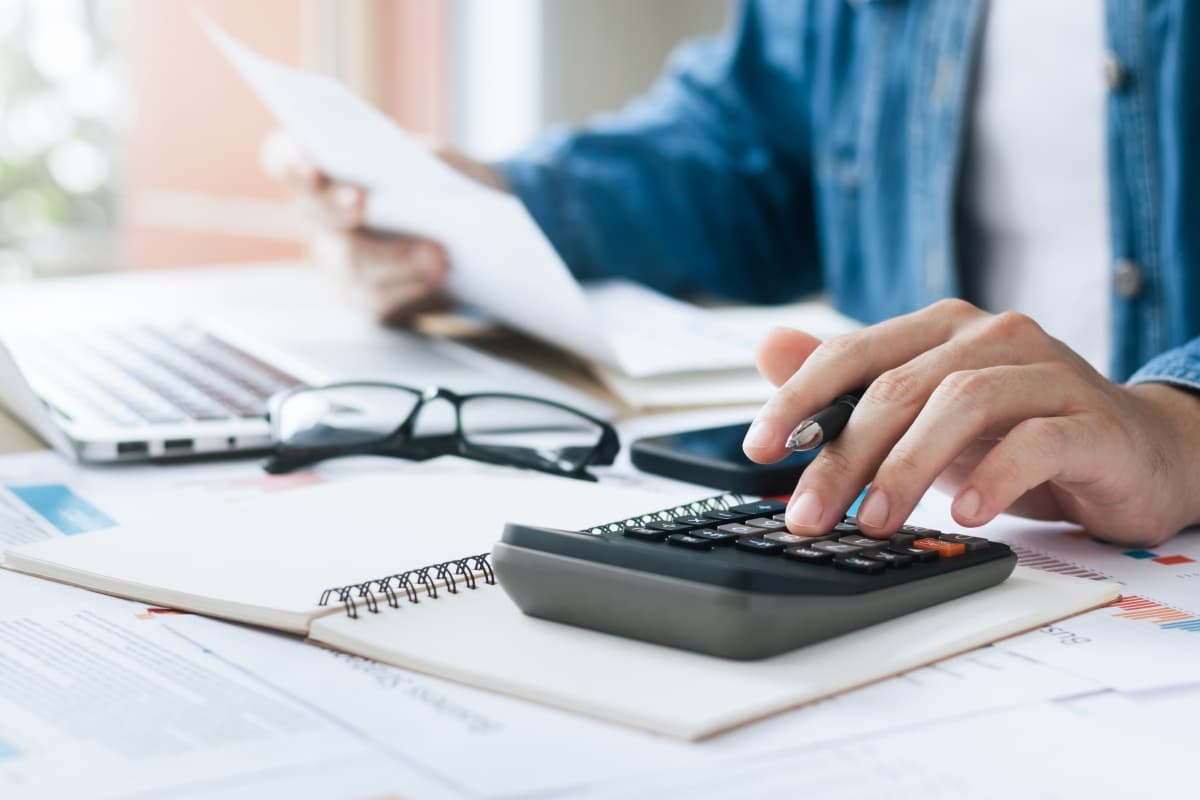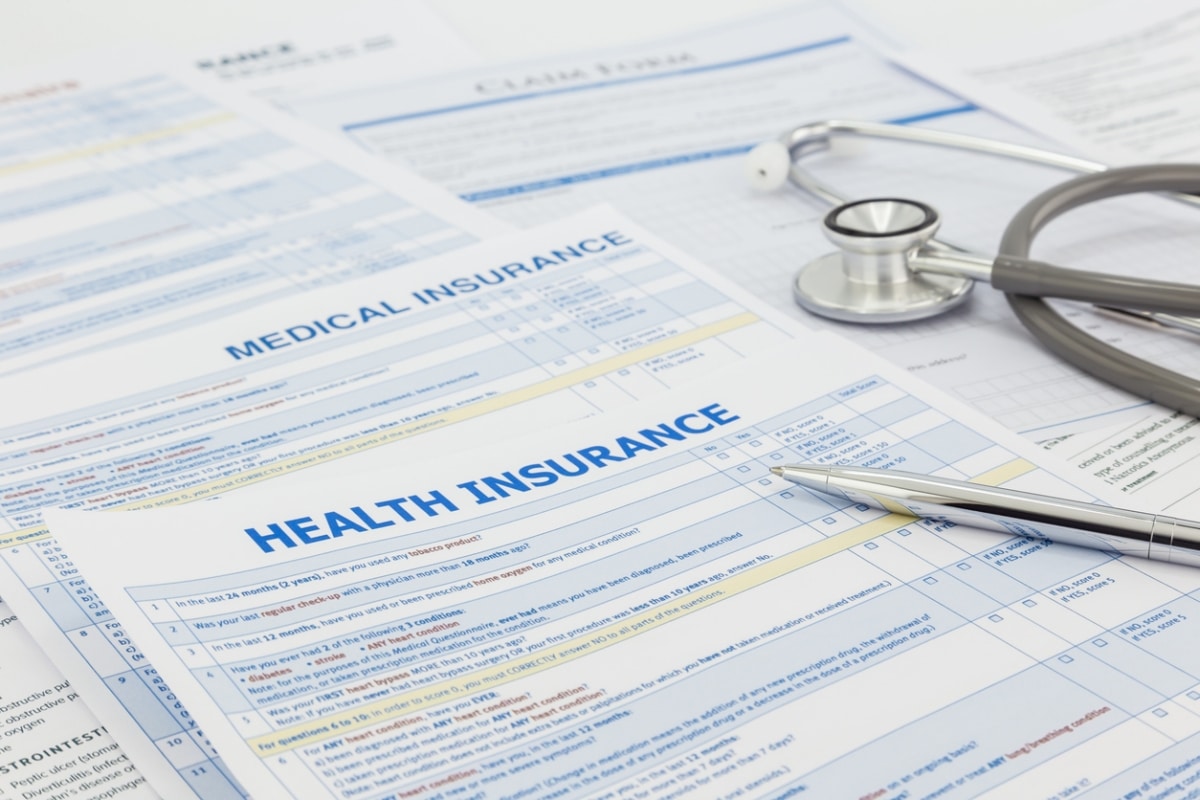The 2025 tax season is officially here, and with it comes the familiar dance of hunting down paperwork, circling deadlines on your calendar, and crossing your fingers for a decent refund.
The good news is that this year also might bring noteworthy benefits for employees, small business owners, and investors.
So, what do you actually need to know before that October filing deadline hits? This guide outlines some of the essential documents you’ll likely need and highlights some changes that could affect your refund.
Disclaimer: This article contains general information only. The information provided here is not advice and should not be relied upon as such. It is your responsibility to seek your own information from reputable sources and consult a qualified expert.
Australian Tax Deadlines for 2025
The Australian Taxation Office (ATO) has strict filing deadlines for the 2024-2025 financial year, with penalties starting at $313 per 28 days for late lodgements.
To help you prepare, remember these dates to avoid tax return penalties.
| Date | Key Information |
| 1 July 2025 | Tax season opens |
| 31 October 2025 | Final self-lodgement deadline |
| 15 May 2026 | Maximum extension for registered tax agent clients only |
Concerned about missing the October deadline? According to the ATO, extensions are primarily available through registered tax agents under their lodgment program.
The ATO explicitly states that you must contact your chosen tax practitioner before 31 October 2025 and be added to their client list to qualify for their extended lodgment dates.
Tax prep checklist
Income Documents
Income documents show all the income you’ve earned throughout the financial year. The ATO requires these records to calculate how much tax you should pay.
While many income details are automatically reported to the ATO, it’s your responsibility to check and ensure that everything is correctly declared.
Missing income can trigger audits and additional penalties, so it’s important to ensure you’ve included everything.
- Income Statements
Income Statements are usually digital records that show your total earnings from employment, including any tax withheld by your employer throughout the financial year.
They should also include details like superannuation contributions, allowances, and any reportable fringe benefits.
- Additional Income
If you’ve earned money by completing tasks on Airtasker, it’s considered assessable income and must be declared in your tax return.
The ATO considers Airtasker and similar platforms under the sharing economy, where you provide services like cleaning, handiwork, deliveries, or odd jobs. This applies whether you’re registered as a business or doing it casually.
For this, the ATO recommends keeping records of all income earned and expenses claimed, regardless of how often you provide services.
- Bank Statements
Bank statements can provide a record of interest income earned through savings accounts, term deposits, or other banking products.
This interest is considered assessable income and must be reported in your tax return.
- Government Payment Summaries
These documents detail any taxable government payments you received from Centrelink or the Department of Veterans’ Affairs, such as the age pension, JobSeeker payment, or veteran payments.
The ATO uses this information to calculate your total taxable income.
- Investment Income Evidence
Includes documents such as dividend statements, managed fund distribution summaries, and annual tax statements.
These often include franking credits, which may reduce the amount of tax you owe or boost your refund, depending on whether you are eligible.
- Rental Property Income
If you own a rental property, you’ll need statements from your property manager or your own records showing all rental income received.
This includes rent, back-payments and lump-sums, as all rental property income must be declared in your tax return.
- Foreign Income Documents
These are records of income earned overseas, such as wages or investments.
Foreign income must be converted into Australian dollars using the relevant exchange rate and declared in your tax return, even if tax was paid overseas.
Tip: To check your digital income documents, log in to myGov, access the ATO section, and verify that the record shows “Tax ready” status.
If any problems appear (missing employers, incorrect amounts, or “Not tax ready” status), you may need to amend your tax return and contact your employer for corrections.
Investment records
Dabbling in investments? Whether it’s shares, ETFs, rental properties, or other assets, the ATO is keeping an eye on how your investment income has worked for you this year.
To help with your tax preparation, the ATO recommends keeping good records of the following:
- Share and ETF Trading Records
These include all purchase and sale confirmations, showing transaction dates, prices, and brokerage fees.
Your share and trading records are essential for calculating capital gains or losses, which must be reported in your tax return if you sold any investments during the financial year.
- Dividend Statements
Dividend statements should show how much you were paid by companies or managed funds and include any franking credits.
Franking credits represent tax already paid by the company and may be able to offset your own tax liability, which may reduce the amount you owe or increase your refund.
- Employee Share Scheme Statements
If you receive shares through your employer, you’ll need the Employee Share Scheme (ESS) statement, which your employer must provide to you by 14 July 2025.
This document outlines any taxable benefits from the scheme, and you will need it for accurate reporting to the ATO.
- Business or ABN Earnings Documentation
If you are a sole trader or operate under an ABN, you need to keep invoices, receipts, bank statements, and BAS (Business Activity Statement) records.
These documents support your declared income and deductions and are essential for accurate reporting and GST compliance.

Deduction documents
If you are eligible to claim any deductions, this may reduce your taxable income. To claim deductions, the ATO requires proper documentation to back up every claim.
Without evidence, the ATO may deny deductions and can potentially issue penalties.
Here are some examples of what you may be able to claim. For the full list, visit the ATO website.
- Work-Related Expenses Receipts
These are records for items you had to purchase specifically for your job, such as work uniforms, tools, and home office equipment.
The ATO allows claims up to $300 without receipts, but you’ll still need to explain how you calculated the expenses and how they relate to your work.
- Valid Charitable Donations
To claim any charitable donations, you will need receipts for donations made to registered charities with Deductible Gift Recipient (DGR) status.
Only donations over $2 are deductible, and the receipt must show the charity’s details and the donation amount to be accepted by the ATO.
- Income Protection Insurance
If you pay for income protection insurance outside of your super fund, you may be able to claim the premiums as a deduction.
To do this, you’ll need the policy documents and receipts to confirm the payments and ensure the policy is eligible under ATO rules.
- Work-from-Home Expenses
To claim home office deductions, you must keep records of work-related costs such as electricity, internet, phone use, stationery, and equipment depreciation.
The ATO offers several calculation methods, but all require accurate documentation to support your claims.
- Rental Property Records
If you have an investment property, you should keep detailed records of all expenses, including council rates, strata fees, insurance, repairs, and loan interest.
These records support any deductions you may be able to claim and must be kept for at least five years after you lodge your tax return.

Medical and health insurance documents
The Medicare levy is 2% for most taxpayers, while the Medicare levy surcharge is an additional 1-1.5% for higher income earners without private health insurance.
If you have private health insurance, having your documentation sorted so you can declare this on your Tax return may help you avoid paying more tax than you need to.
- Private Health Insurance Statement
If you have private health insurance, you should receive an annual statement from your health insurer.
This document should outline your level of coverage, the total premiums paid, and any Australian Government Rebate you received.
The ATO uses this information to determine your liability for the Medicare Levy Surcharge and any private health insurance offset eligibility.
- Medicare Levy Exemption Certificate
If you’re not eligible for Medicare benefits, such as some temporary visa holders, you’ll need to obtain a Medicare Entitlement Statement from Services Australia.
This certificate is necessary to claim a full or partial exemption from the Medicare Levy when lodging your tax return.
- Dependent Details
You’ll need to provide accurate details for any dependents included in your private health insurance policy.
This matters because family income thresholds for the Medicare Levy Surcharge may apply differently depending on your circumstances, and an additional surcharge of $1,500 may apply for each dependent child after your first.
Tip: Even though your health insurance details often come pre-filled in your tax return, always double-check that they’re correct.
Getting this wrong can lead to some pretty unwelcome surprises if the Medicare levy surcharge kicks in unexpectedly.
Individual income tax rates and calculators
Thanks to changes under the Stage 3 tax reforms, from 1 July 2024, tax cuts will apply to all Australians earning above the tax-free threshold.
According to Treasury modelling, most people will take home more of their pay, with the biggest savings going to low and middle-income earners.
Here’s a quick look at the updated income tax rates and thresholds taking effect from 1 July 2024:
| Tax Rate | Taxable Income |
| 0% | $0 to $18,200 |
| 16% | $18,201 to $45,000 |
| 30% | $45,001 to $135,000 |
| 37% | $135,001 to $190,000 |
| 45% | $190,001+ |
The ATO offers several free online calculators that may assist you in estimating and planning for your tax obligations:
- Income Tax Estimator – Calculate your expected refund or debt based on your specific circumstances, including income, deductions, and offsets
- Medicare Levy Calculator – Determine your Medicare levy obligations, including potential reductions or exemptions
- Tax Withheld Calculator – Estimate how much tax should be withheld from your salary or wages
- Simple Tax Calculator – A quick reference tool for estimating tax on specific income amounts

Small Business Tax Essentials
Running your own business means managing multiple tax obligations throughout the year.
Thankfully, most of these can be handled using accounting software or the ATO’s online services.
If you utilise these tools, then keeping track of your due dates is another aspect that is important to focus on.
| Tax Report | Due Dates | Key Purpose |
| BAS Statements | Quarterly: 28 July, 28 October, 28 February, 28 April | Report and pay GST, PAYG instalments and withholding |
| Income Tax Return | 31 October (individuals/sole traders) 28 February (companies) |
Report all business income and claim deductions |
| GST Annual Return | At tax time (for eligible small businesses) | Alternative to quarterly GST reporting |
| PAYG Withholding | Ongoing via Single Touch Payroll | Report tax withheld from employee wages |
| Fringe Benefits Tax | 21 May annually | Tax on non-cash benefits provided to employees |
Get expert tax help
Doing your taxes in Australia means keeping track of the key dates, having the right documents, and understanding your personal situation.
With the October deadline quickly approaching, why stress about your tax return when expert help is just a few clicks away?
Book a qualified tax accountant through Airtasker today! Simply post your tax preparation task and receive competitive offers from individuals ready to help you navigate tax season successfully.

Remember – if you are engaging someone to help you with your tax filings, you should always verify that they have the appropriate qualifications.
Tax agents must be registered with the Tax Practitioners Board (TPB). Use this TPB tool to assist with selecting a specific tax professional with the credentials or qualifications required for your job.
Frequently Asked Questions
What is a NOA Notice of Assessment?
A Notice of Assessment is the official document the ATO sends after they’ve processed your tax return.
You need to keep this document, as it shows the amount of your refund or tax debt.
You should receive it within a few weeks of lodging your tax return, proving that your return has been finalised.
What if I don’t lodge by the deadline?
According to the ATO, you’ll cop a failure-to-lodge penalty that starts at $313 for individuals and can increase the longer you delay.
If you owe tax, you’ll also face interest charges on any unpaid amounts, so it’s worth getting sorted ASAP.
Where can I access my Income Statement?
Log in to myGov and link it to the ATO, or use ATO online services directly with your tax file number.
Your income statement (formerly called a payment summary) will be available from mid-July, showing all your employment income and tax withheld.




